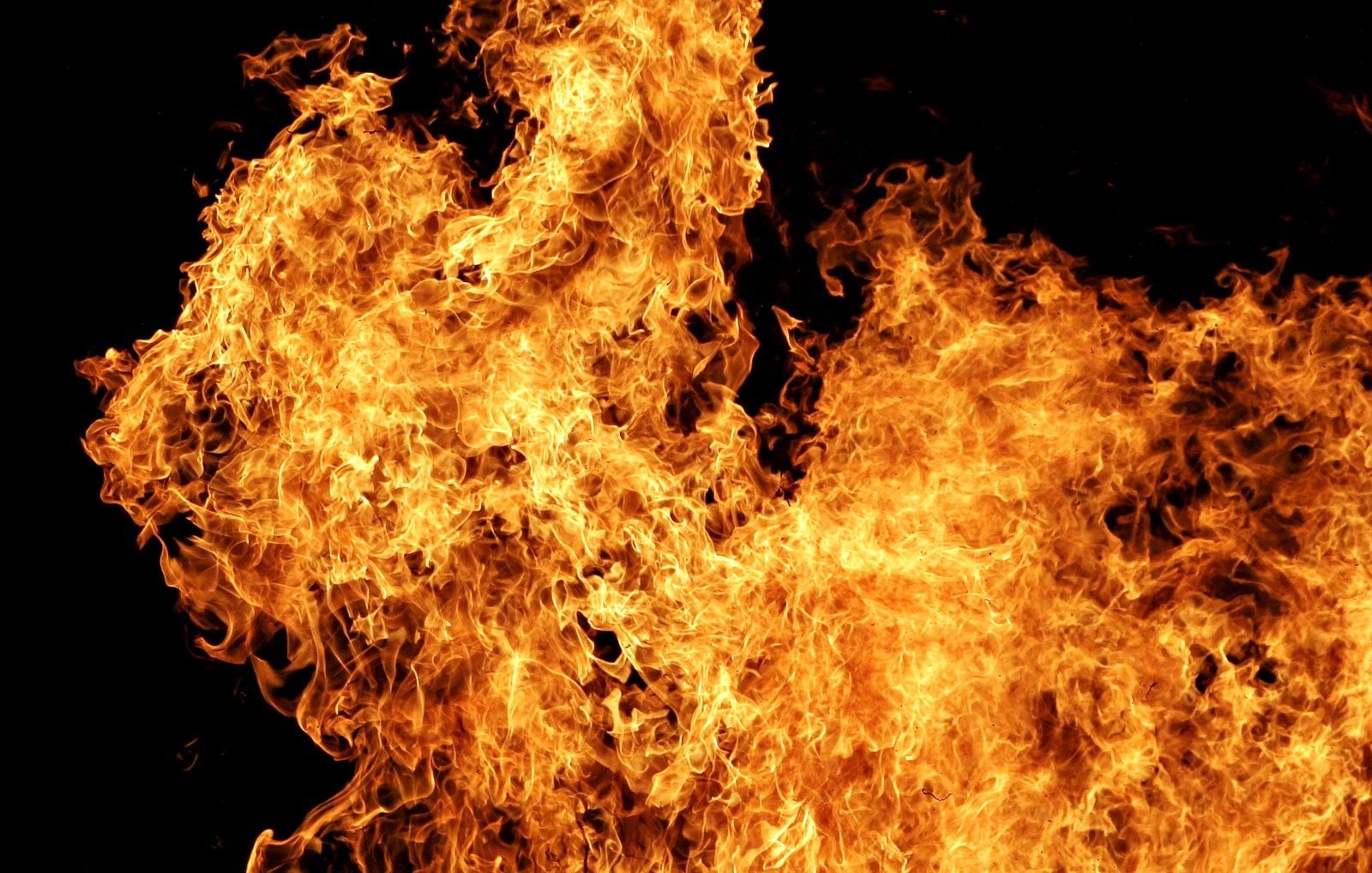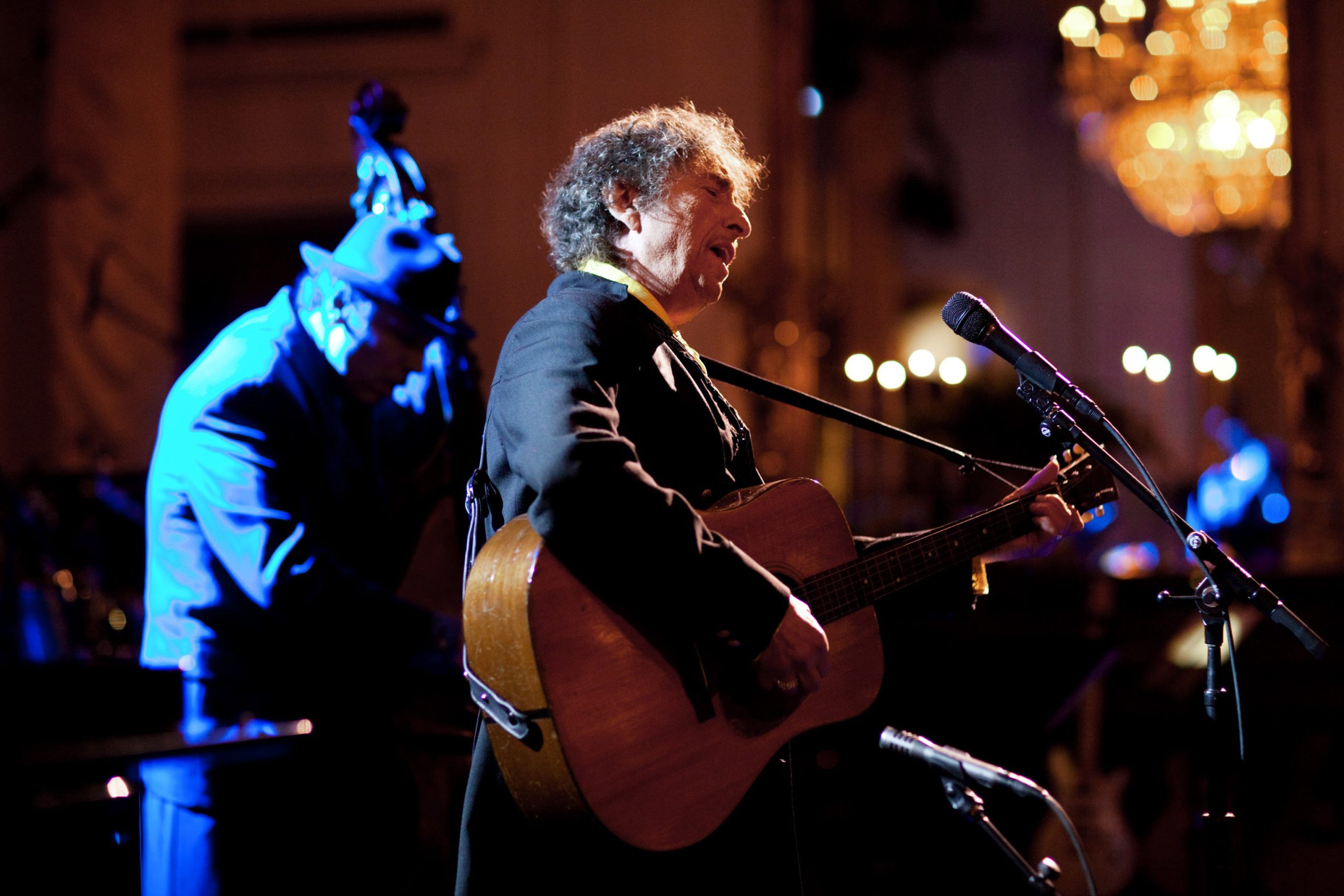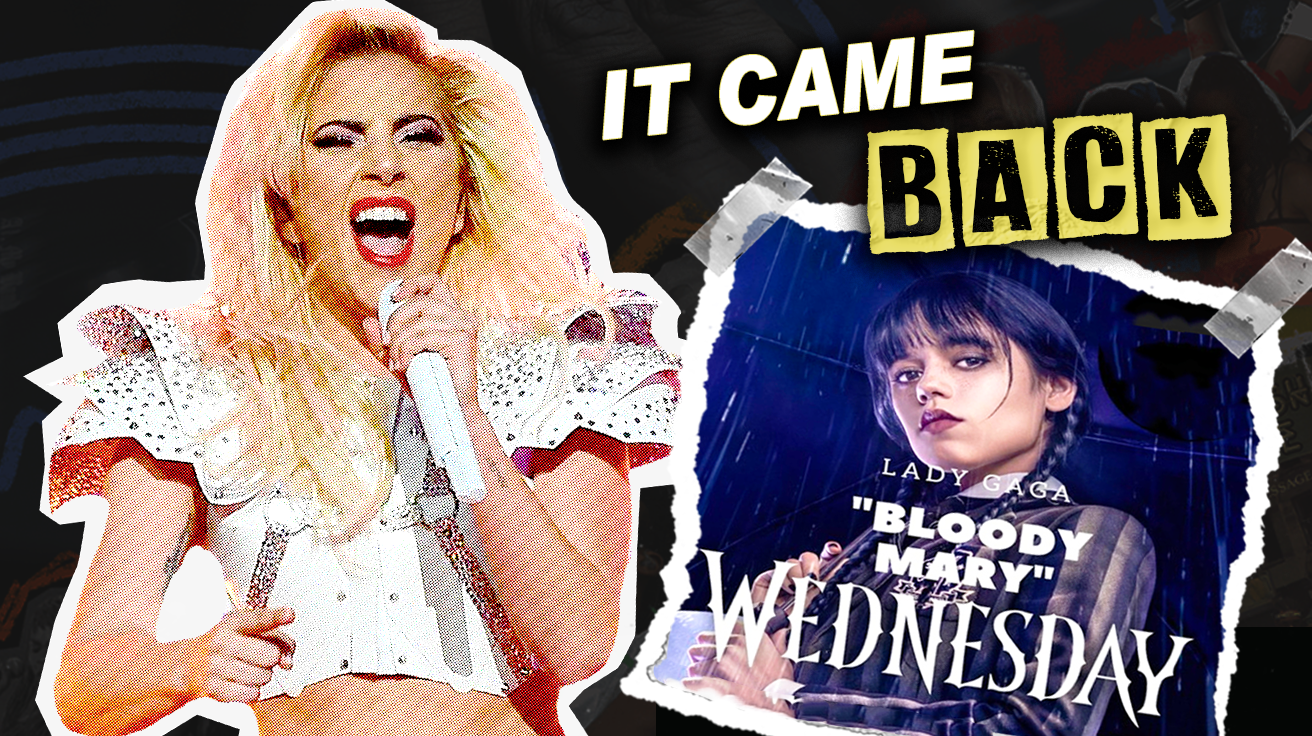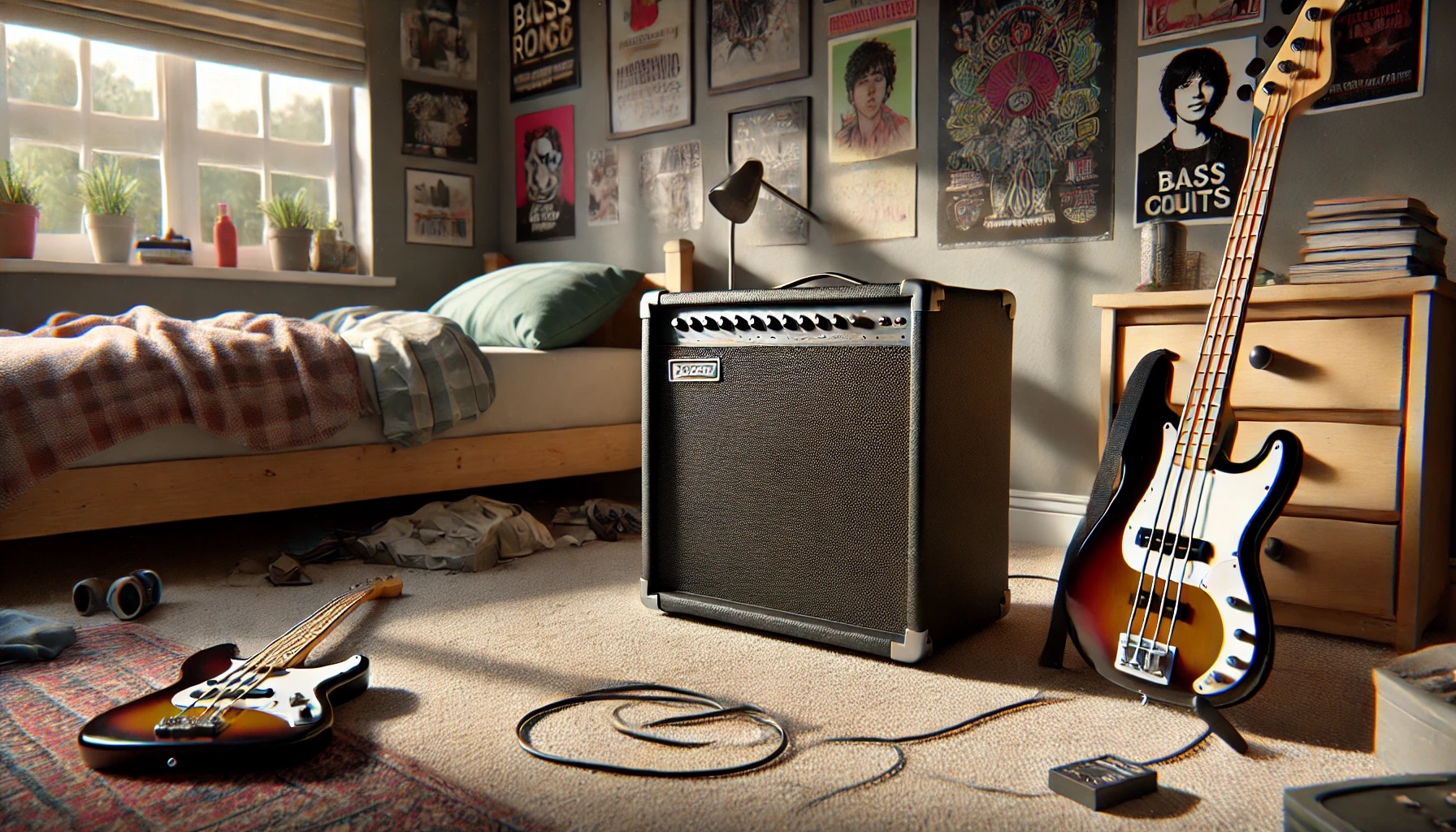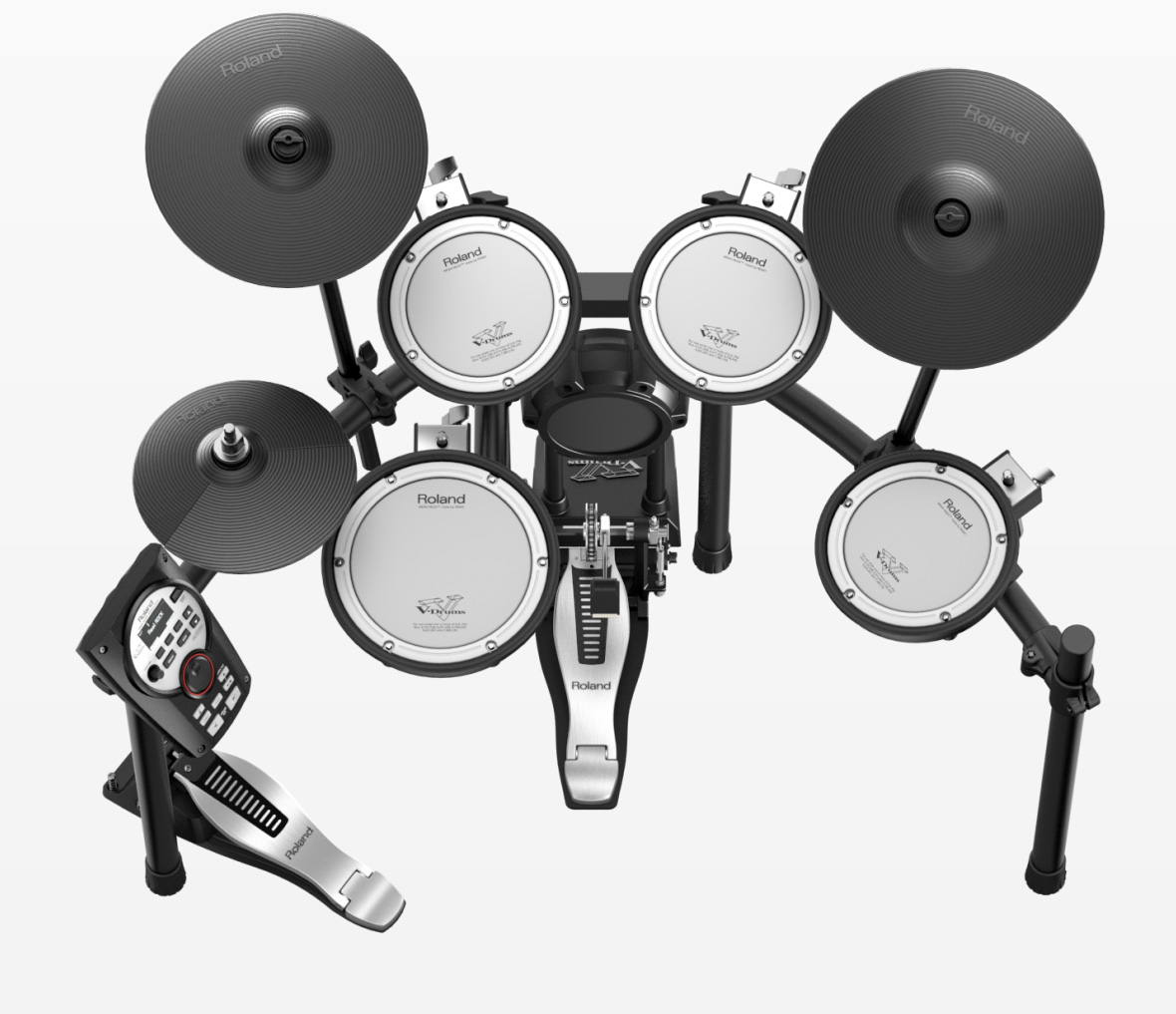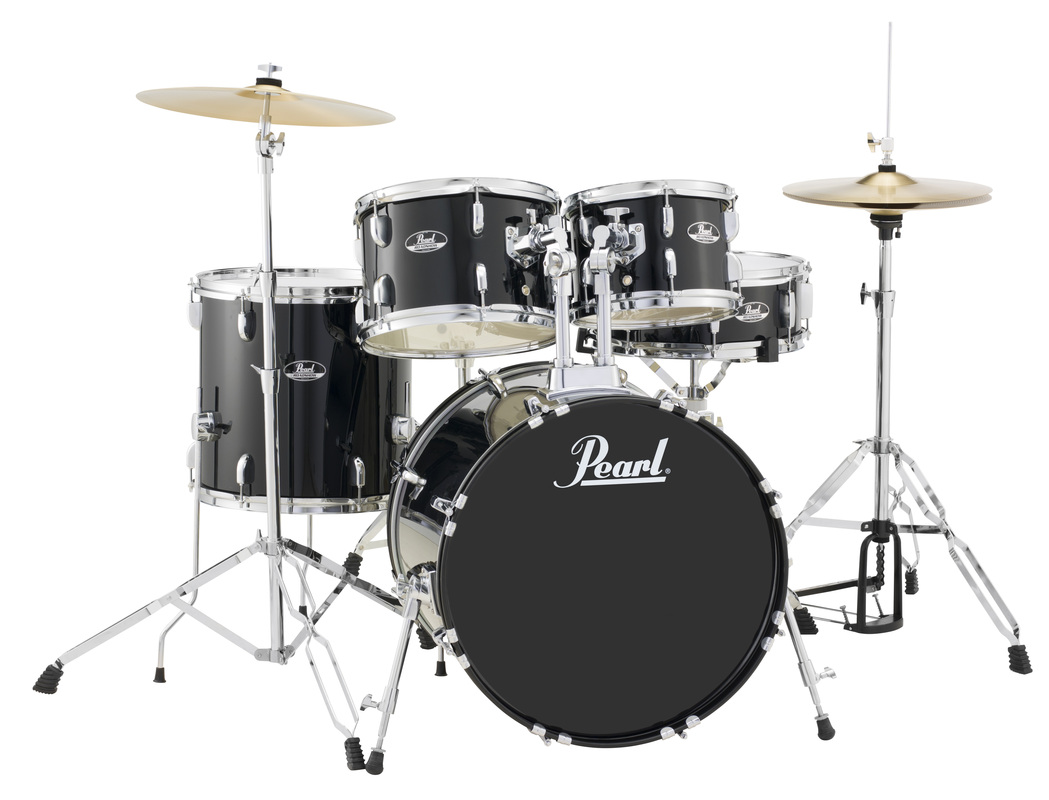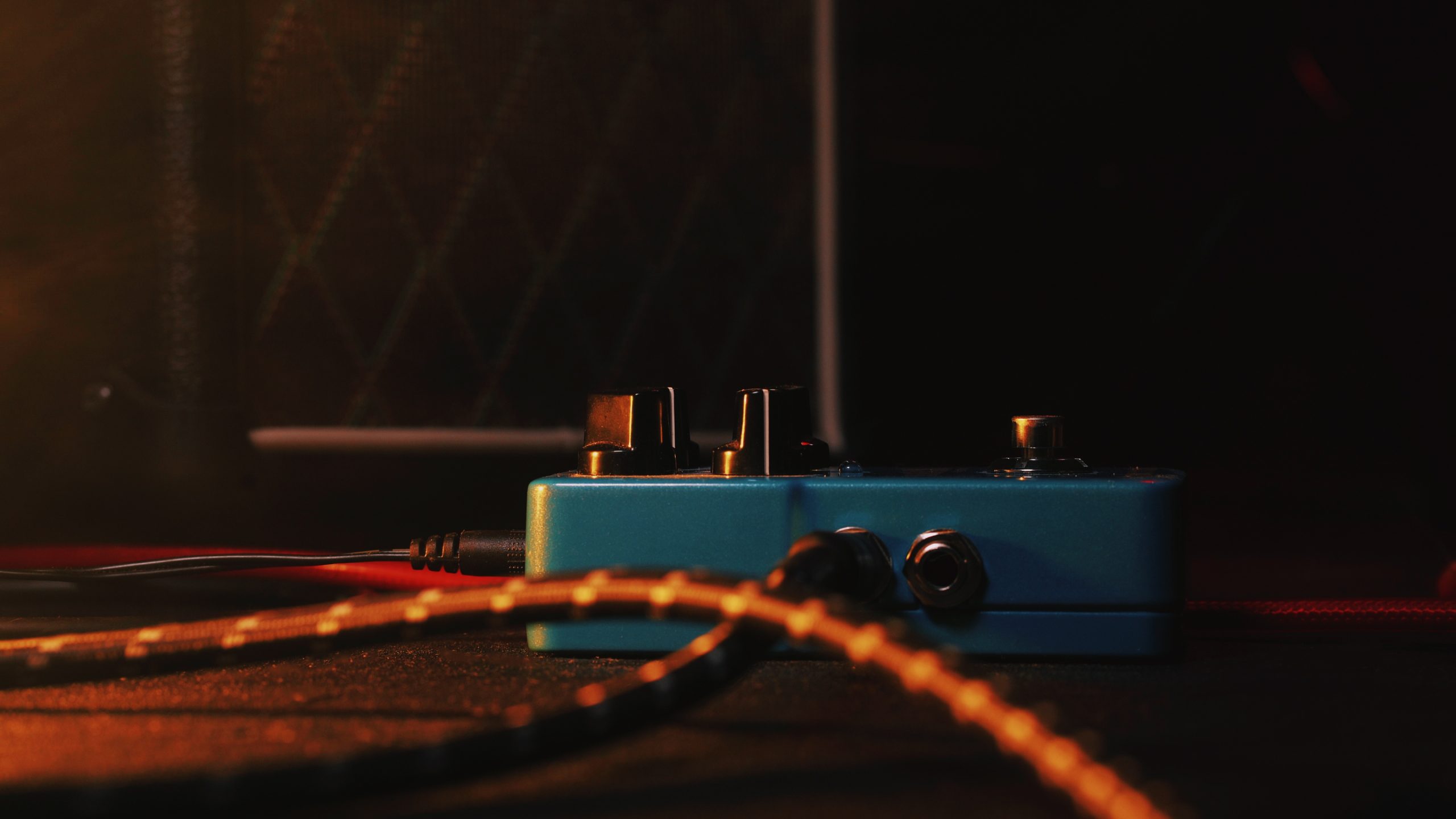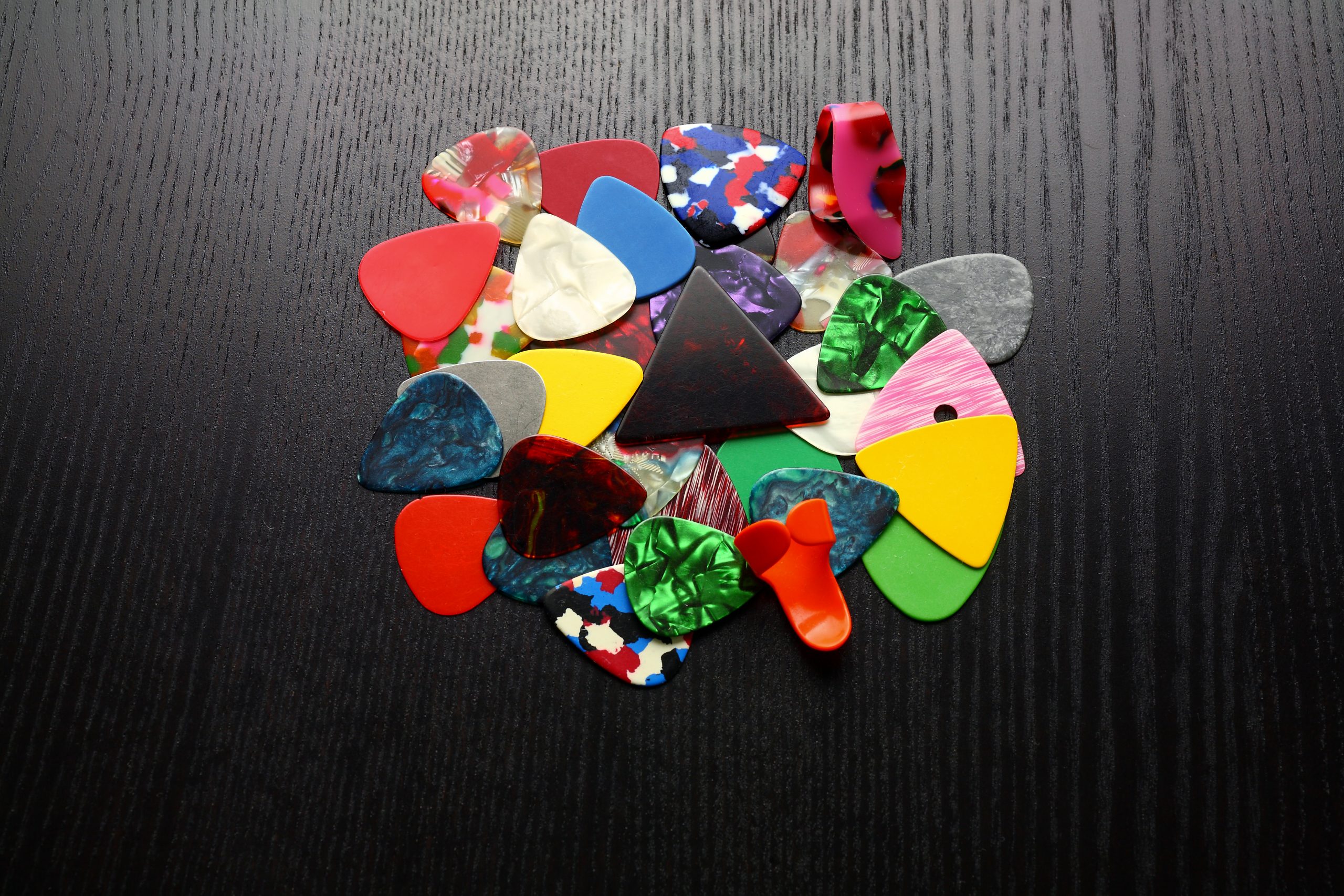Some cultural disasters announce themselves immediately. Others hide in plain sight for a decade. The 2008 Universal Studios fire falls squarely in the second category, and the scale of what we lost still takes your breath away.
When flames tore through Universal’s Hollywood lot that June morning, they didn’t just consume theme park attractions and video copies—they incinerated one of the largest repositories of 20th-century recorded music on Earth. We’re talking about the master tapes of Aretha Franklin, Chuck Berry, Nirvana, Elton John, Patsy Cline, Billie Holiday, Louis Armstrong, and hundreds more.
Between 118,000 and 175,000 original recordings turned to ash. That potentially represents 500,000 individual songs across every genre that mattered.
What Makes Master Tapes Irreplaceable
These weren’t just backup copies—they were the genetic code of recorded music.
Master tapes capture something no digital file or vinyl pressing ever can: the unfiltered essence of a recording session. Every breath, studio imperfection, and analog nuance lives in those reels.
As Grammy-nominated producer Andy Zax explains, masters contain “the record’s details in their purest form”—they’re the source material from which every subsequent format gets made. Think of it like losing the original Mona Lisa and being left with museum postcards.
When John Coltrane’s Impulse sessions or early Nirvana recordings burned, we didn’t just lose audio files. We lost the ability to ever hear those performances as they truly happened in the studio.
The Decade-Long Cover-Up
Universal minimized the disaster until investigative journalists forced the truth into daylight.
Here’s where this story gets infuriating. Universal initially described the 2008 fire as minor, claiming only theme park materials were lost. For eleven years, that version held. Then the New York Times Magazine published “The Day the Music Burned” in 2019, exposing the vault’s true contents.
Universal still contests the scope, claiming only 22 original masters by five artists were irretrievably lost. Industry experts, affected musicians, and investigative journalists call that number laughably low.
Legal battles continue as artists demand transparency about what exactly disappeared from their catalogs.
The Permanent Scar on Musical Memory
Future generations will never hear these recordings as they were meant to sound.
This fire represents more than corporate negligence—it’s a massive rupture in our cultural continuity. Those master tapes contained irreplaceable moments: alternate takes, studio chatter, the breath between notes that made legendary recordings legendary.
No matter how advanced remastering technology becomes, we can’t recreate what never got digitized. Every music lover who’ll never experience the full dynamic range of those lost recordings, every researcher who can’t study the evolution of American sound—they’re all casualties of this failed stewardship.
Some cultural memories, once burned, can never be recovered.


